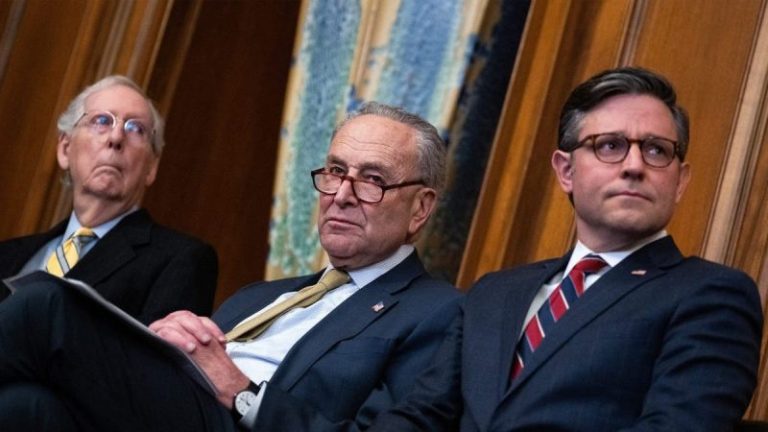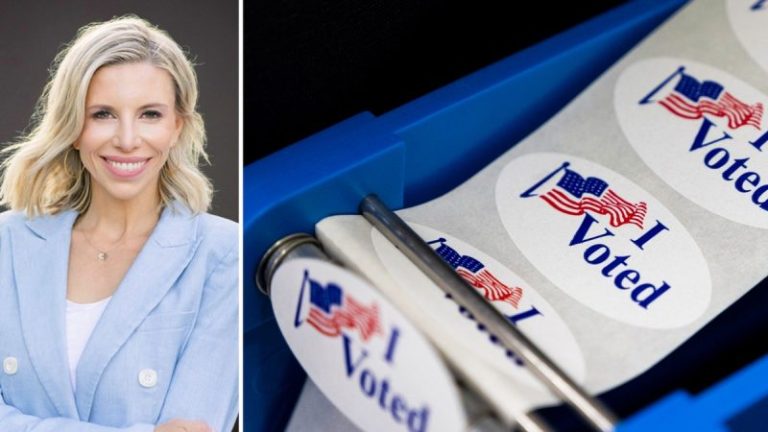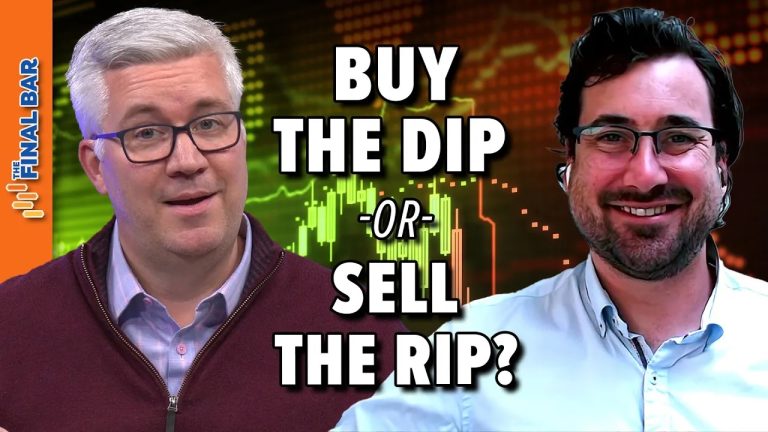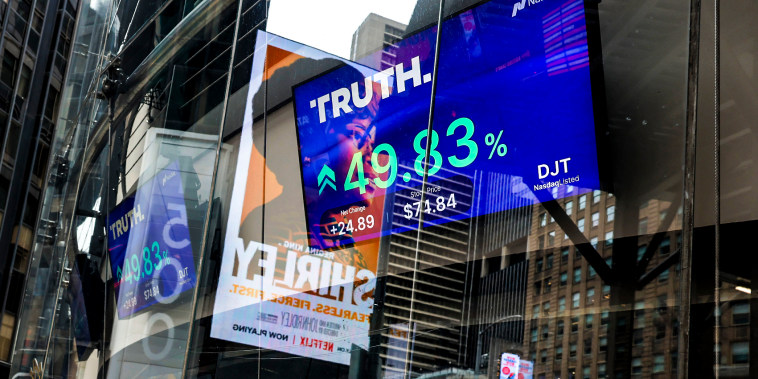Car insurance costs are pretty brutal at the moment — they’re up more than 22% since this time last year. There’s plenty you can do to lower your bill, but some of the best advice out there still requires a certain amount of upfront cash.
For example, paying your annual premium all in one go could eliminate the extra fees some insurers charge customers for paying month by month. But that may not be an option if your budget is tight and your premium has surged.
Insurers have been playing catch-up since the pandemic, said Stephen Crewdson, senior director of insurance intelligence at J.D. Power. They were late to raise rates when auto prices were ticking up, and now their hikes are setting in even as vehicle prices cool. Nearly 14% of consumers reported shopping for new insurance last month, a recent J.D. Power survey found — the highest monthly rate since it started tracking the figure in 2020.
“We should hopefully see these premium increases taper off as time goes by,” Crewdson said.
In the meantime, there are still some ways to lower your bill this year. Here’s where to start.
Auto insurance customers this year are “gonna have to be more aggressive” to find savings, said Lee Baker, an Atlanta-based financial planner and founder of Apex Financial. “You might need to cast a wider net.”
That means checking all the discounts on offer, starting with your current carrier. From military discounts to bundling opportunities, policyholders often leave money on the table simply by not picking up the phone. When J.D. Power surveys consumers, it finds many aren’t fully aware what savings are out there, Crewdson said.
Your benefits package, at least for large employers — there’s a lot of little nuggets in there that people gloss over.
Preston Cherry, founder of Concurrent Financial Planning
“Ask somebody at your insurer. If you have an agent, ask your agent,” he said. “If you don’t have an agent, call in to the insurer, visit the website, look at the app and look at what discounts they offer.”
Experts also suggest considering the organizations in your orbit. Many professional and trade associations, alumni groups and even fraternity and sorority associations often negotiate discounts with insurers.
But your employer may be the best place to start hunting for perks.
“Your benefits package, at least for large employers — there’s a lot of little nuggets in there that people gloss over,” said Preston Cherry, founder of Concurrent Financial Planning in Green Bay, Wisconsin.
While employers typically work with only a single insurer and any discounts probably won’t be drastic, experts said, they can help you start chipping away at your monthly costs.
Financial experts say this is one of the easiest strategies. Many insurance companies offer considerable savings when policyholders complete defensive driving courses — most of which are online — from organizations such as the National Safety Council or Defensive Driving by IMPROV.
“I always recommend taking defensive driving every year,” said Cherry. “The discount is worth it.”
Carriers in at least 34 states and Washington, D.C., typically offer discounts of up to 10% for course completion, according to I Drive Safely, a defensive driving course proctor.
Many carriers also offer their own programs for good driving behavior — though some require agreeing to a measure of surveillance. Progressive’s Snapshot, for example, offers policyholders a mobile app or a plug-in device for their vehicles that track, among other things, your braking patterns and the times of day you get behind the wheel, then use that information to determine your discount eligibility.
One caveat: Risky behavior can trigger a higher rate when it’s time to renew your policy, said Jude Boudreaux, a certified financial planner and partner at the Planning Center in New Orleans. But “if you’re trying to drive pretty conservatively and around town, using those can be a way to save some additional costs,” he said.
For those who work remotely or don’t drive much, Boudreaux also suggests pay-per-mile plans. These also rely on mileage- and behavior-tracking devices that may entail privacy trade-offs but could be a boon for some. Nationwide’s SmartMiles program, for example, offers a low base rate plus a variable one that depends on mileage. And for periodic longer road trips, it counts only the first 250 miles per day.
For consumers with kids who drive or are about to start, there’s a lot to consider that can affect your bill.
While it’s generally cheaper to add a teen driver to an existing policy or bundle than it is to buy a new one, repeated infractions (tickets, fender benders) can drive up your household’s costs, so weigh the trade-offs carefully.
“Sometimes bringing them inside the bundled package works, sometimes not,” said Cherry. “That’s always a tricky one.”
He advises starting any young drivers in your family on an inexpensive or mostly paid-off car. Since it has become more expensive to repair vehicles lately, consider how much cash you’re willing to risk on your kid’s behalf.
“It’s really trying to save costs by placing them in a vehicle that’s not much to insure and counterbalances their inexperience risk level to insure,” Cherry said.
Baker said academic achievements can also help trim your insurance costs. Many carriers offer “good student” discounts, typically for high-school or college students under age 25. Maintaining a B average or performing well on the SAT or ACT could net substantial savings. State Farm, for example, offers up to 30% off for high marks.
“There’s no guarantee that a student with good grades won’t get behind the wheel and do something crazy,” Baker conceded, but insurers are betting — for better or worse — that “if they’re doing right in school, they’re probably less risky.”
Sometimes savings are staring up at you from your current insurance plan, experts said.
Check your policy for redundancies and areas of overlap, said Cherry. For example, if you pay for AAA roadside assistance, you may be able to shave similar coverage off your auto insurance policy. Some newer cars already include some form of roadside assistance, he added.
A common tactic for lowering monthly premiums is to choose a policy with a higher deductible. Marcus Miller, a Jacksonville, Fla.-based financial planner at Mainstay Capital, urged caution here. Some clients, he said, “go in and just start slashing” line items from their policies and end up underinsured.
Instead, it’s smart to first build up an emergency fund for a potentially high deductible — and then make the switch, he advised.
Customers “could reasonably increase their deductible, as long as they have that cash set aside,” Miller said. “That will reduce their premium.”
This post appeared first on NBC NEWS










